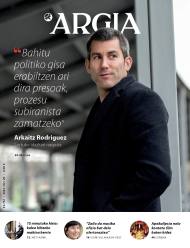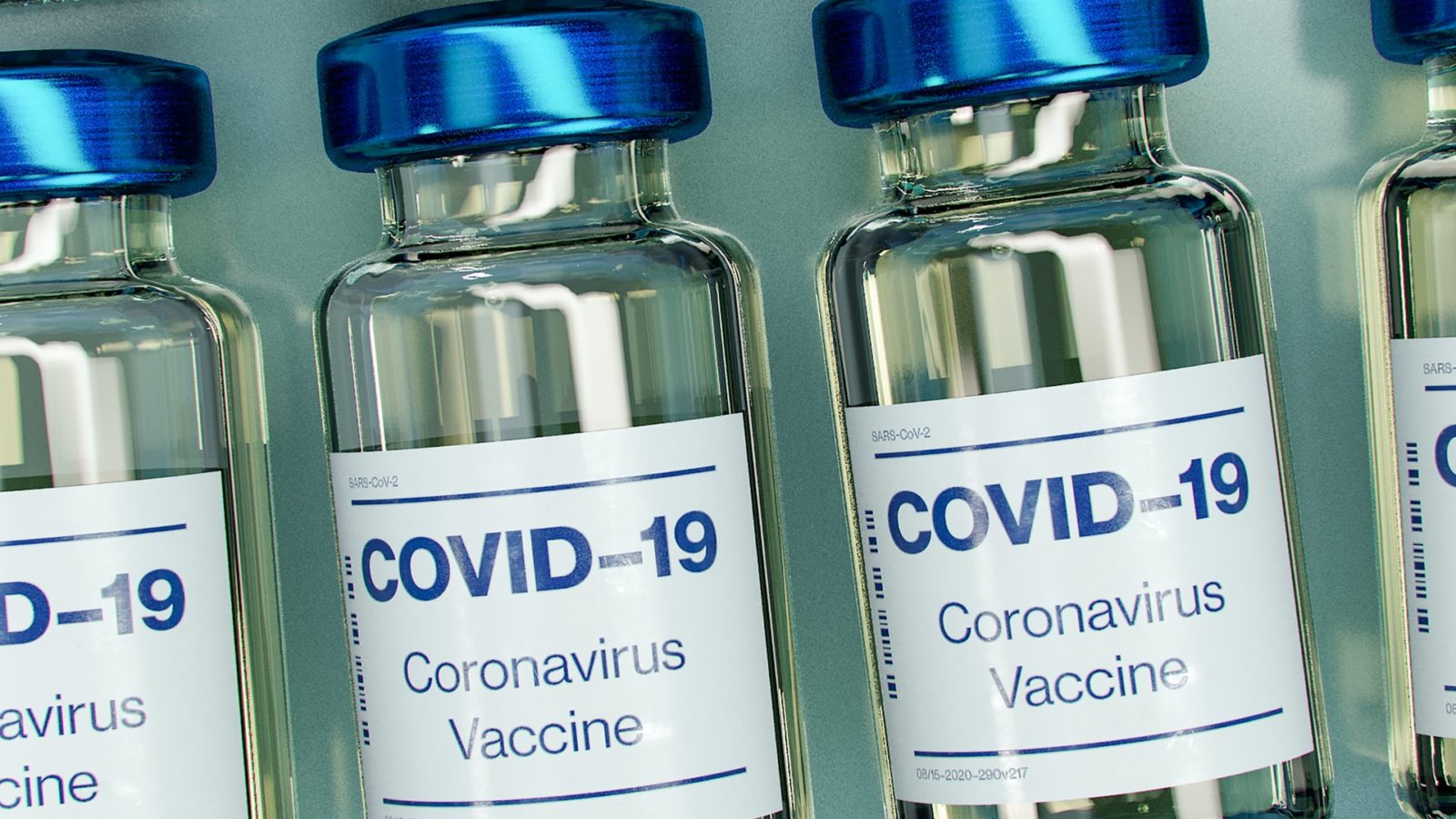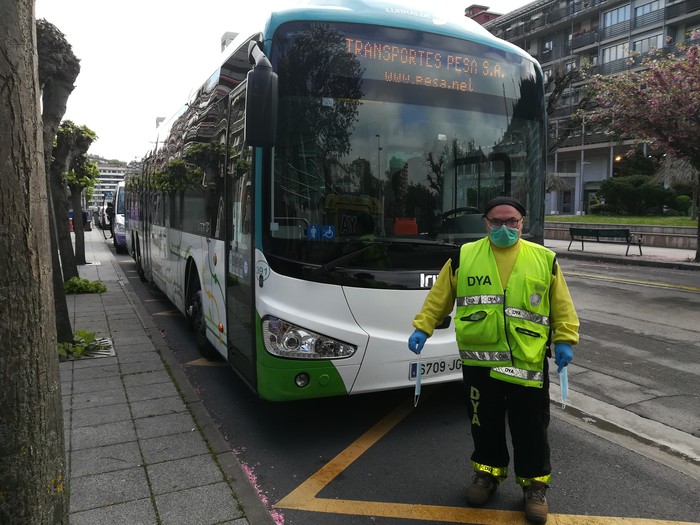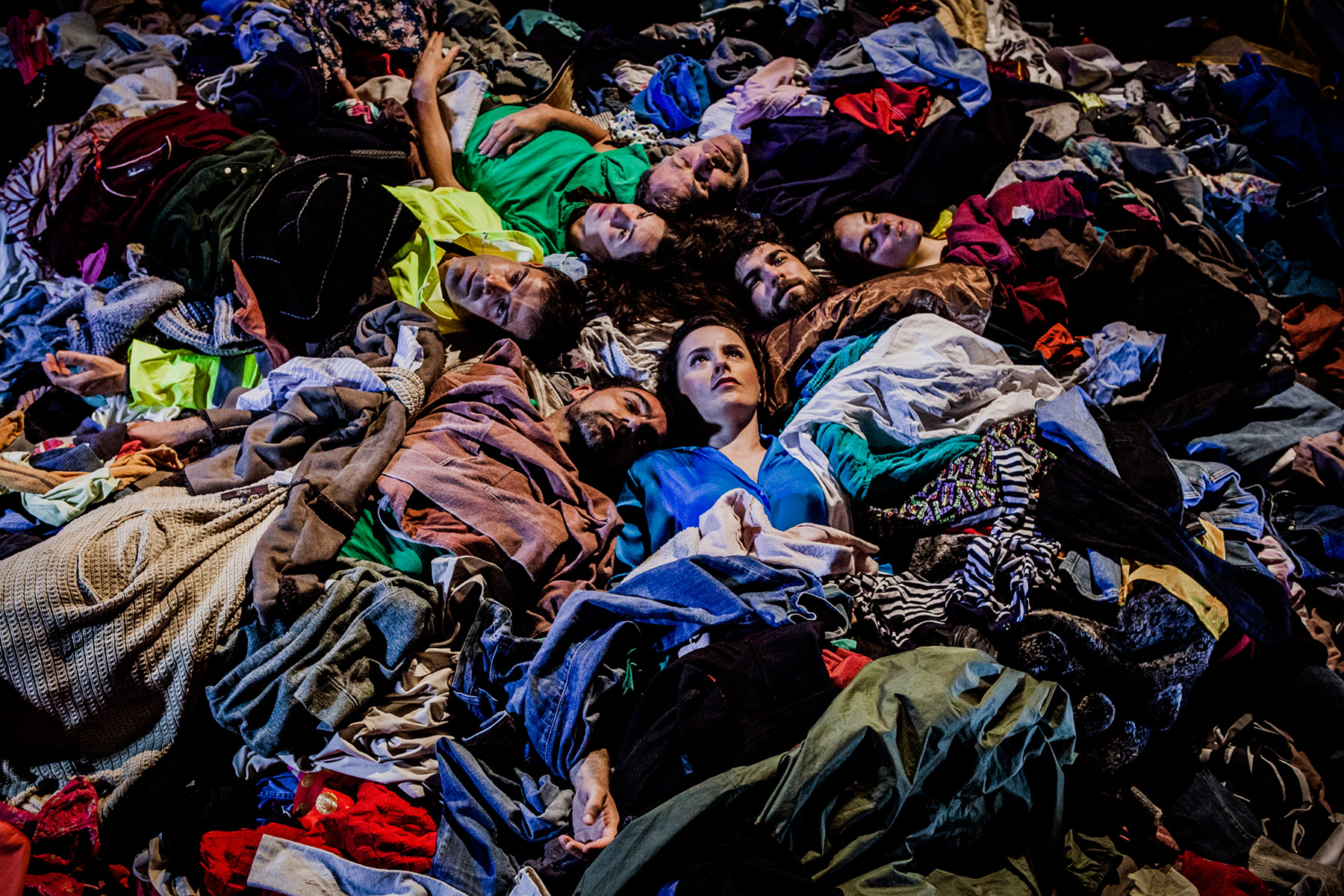Longer COVID-19
- Permanent COVID-19 has changed the lives of thousands of people. According to some studies, it can affect 10-15% of those affected. Symptoms of persistent COVID-19, after initial infection, last for weeks or months, or after a period of absence of these symptoms, come back. They've overcome the infection, but their lives change. Chronic tiredness, headaches, anxiety, fever, muscle pain, confusion, difficulty breathing, mobility, appetite, loss of smell and taste, rashes, hair loss, internal ear beeps, dry eyes, conjunctivitis, palpitations, diarrhea... do not always go away with COVID-19.

The Catalan photojournalist Alfons Rodríguez has followed several cases and we have brought to our language some of the articles and photographs published last year in the publication Revista 5W, in Basque.
CARLA MARTÍNEZ
Carla Martínez is 27 years old and has to choose between buying or showering. It's months that you can't do the two successively. This nurse from Cardedeu (Barcelona) was infected in the first wave and entered it only a couple of days later. But the worst came later. Despite discharge, symptoms persisted. He spent five months in bed, couldn't move and had to go to the doctor in a wheelchair. I didn't understand what was happening to him.
After months of uncertainty, in July 2020 he moved to Can Ruti, the first unit of the permanent Catalan COVID-19. Rehabilitation was also initiated in November at the Guttmann Institute, a centre specializing in neurorehabilitation in Barcelona. He was told that there were a lot of people, that public health only took care of the treatment for two months, and then he would have to find an alternative on his own.
Fatigue eats almost all day. Therefore, he is usually lying on the couch and strives to read until this also causes a headache. After more than a year of contagion, the symptoms persist and experience a kind of mental fog that makes you forget many things.
Carla has always been very active and, if you can now do half an hour, midnight.
ÈLIA DOMENECH relocated this 33-year-old pediatrician, “like almost all”, at the
beginning of the Pandemic and worked in the ICU. Remember that then everything was so precarious that by April 7, 2020 he was infected and had to confine Laia with his partner, also pediatrician. He had mild clinical symptoms, so he thought he would be on the line again in a couple of weeks. Since then it has been almost a year and a half and, despite the fact that the quality of life has begun to recover, it has not yet been possible to return to work. He says he still doesn't have control of the environment, he's struggling to organize it, plan it, or do two things at once. It's a very common symptom among those who have a permanent COVID-19.
In Igualada, in the day hospital of Sant Jordi, Èlia participates in an experimental program. The program uses neuropsychological immersion rehabilitation with 3D reality to help stimulate the cognitive system. In addition, she goes to physical therapy twice a week. What he most perceives is muscle fatigue, which prevents him from doing almost nothing normally.
The healthcare system considers that the group of people with permanent COVID-19 is completely abandoned. “And at least I have had the opportunity to move, relate, understand and integrate into different rehabilitation programs.” On his short walks with Laia he must often stop to breathe. At home, they take care of the vegetable garden and some chickens. But analgesics and other broad-spectrum drugs are part of Èlia's life.
JULIÀ MATA
Julià Mata, 75, was admitted to the hospital of the Althaia Foundation of Manresa in November 2020, spent several days of indisposition and finally lost knowledge. “I fell swooped,” he says with a rude voice, the fingerprint left by the virus on the vocal cords. He spent two months in the ICU and survived the illness, but his consequences have not yet allowed him to leave the hospital in the province of Barcelona. He has been there for ten months and in seven of them he was not even able to see his wife.
Thanks to daily rehabilitation, Juliá starts to rely on herself gradually. He's already able to walk without using the trolley, grab objects with his hands and shower himself. He spends forces up and down in the hallway, and when he gets tired, he goes back to the room.
He has the opportunity to rejoice from time to time to remember the times when he was president of Foment Trekker of Catalonia, founded a century ago in 1922. This satisfaction is found on the sixth floor of the center, on the attic floor. It is not a comfortable place, as it is filled with ventilation machines and metal tubes, but for Juliá it is a window open to the world that, although it is forbidden, is helped upward by the health personnel who have served in recent months.
MAR CUBERES
Mar is a 14-year-old girl who started playing violin at the age of 7, but when in March 2020 she took COVID-19 she stopped playing because she got tired and it was hard for her to coordinate and concentrate the movements. Now he's trying to play the violin again, along with the piano, because he's also a great fan of this instrument. You still have a hard time doing mental exercises: “I spend two or three hours studying or doing household chores to do what I did in a single hour.” Now perform daily breathing and recovery exercises in your living room, aided by tools like elastic tape, spirometer...
Throughout the course, at the Maria Immaculate School of Tremp, Mar had two presyncopes, but with the help of his peers and teachers, he passed the stage of an emotionally severe disease. The doctors thought he had anemia. Then he was told that maybe it was vertigo, exertional asthma or arrhythmia. Later on, it could be vasovagal dizziness caused by growth. He had fever, itching, vomiting, muscle contractures, menstrual disorders, and many other symptoms. It took a long time to diagnose a permanent COVID-19. Can Rutin started his online rehabilitation a month ago, but at the moment he has not noticed any significant improvement. “It hurts in my arms, I have punches on the left of my chest and I get very tired.”
Because she loves writing, I asked her to write her own story. “On November 19, 2020 COVID-19 entered Tremp’s nursing home. Every day, little by little, my mother Núria told me it could happen, but when they told us I started crying. There was the grandmother, and because she's very old, they could call us at any time saying she wasn't here, she died. However, part of my subconscious had the hope that it would go well, and so it happened. At 89, after an asymptomatic COVID-19 positive, he survived.”
MARC TORRENT fell ill on 22 January 2021 on the eve of
13 years. This teenager from Alamacelles (Lleida) practiced a lot of sport and his dream was to learn the Sciences of Physical Activity and Sport to make his passion a trade. But COVID-19 came. Initially, she was drowning and tired, and the physical decline caused by dizziness and tiredness was added to her anxiety, depression and inability to concentrate. The parents did not understand why she was not cured after so long, and Mother Imma had to leave the work of socio-sanitary caregiver to stay with her child at home, care for him and help the doctor.
Their case is not the same as others, and it is a curiosity within a rare disease in itself. Marc suffered injuries to the skin of his feet, blisters that prevented him from walking for months, similar to those caused by the crafting. He told me that at the worst time I couldn't support my feet on the ground. This is called frozen fingers syndrome. When he got better, he would go to school as a scooter and drive back, but he had to give up the sport altogether.
Everything changed when Can Rutin started rehabilitating himself. A few months ago he was again riding a bicycle, although in a short time, and he has also started swimming and swimming gradually on the pediment. The physical consequences continue to exist, but Imma believes it will also take time to heal the psychic sequelae.




.JPG)





























